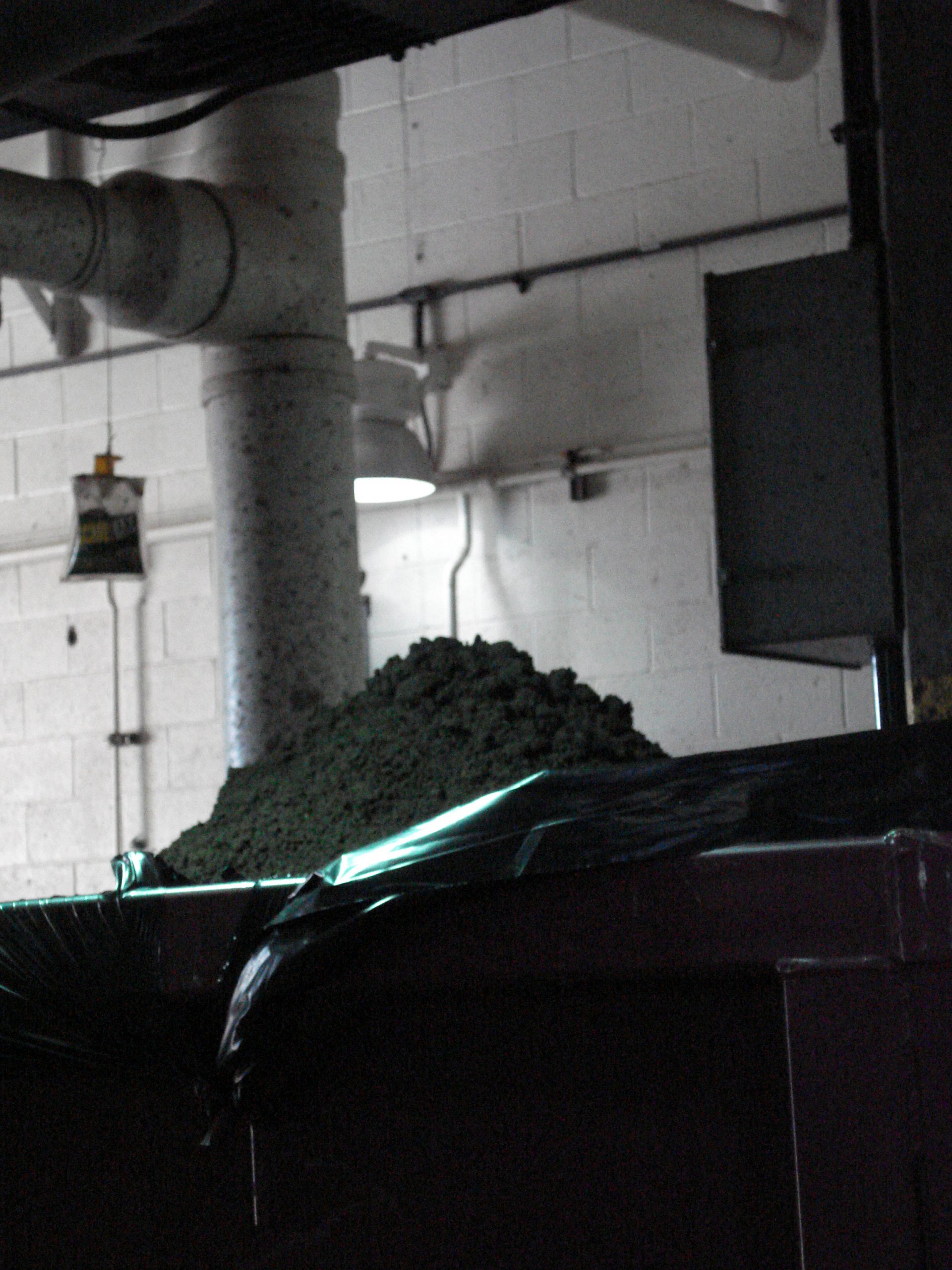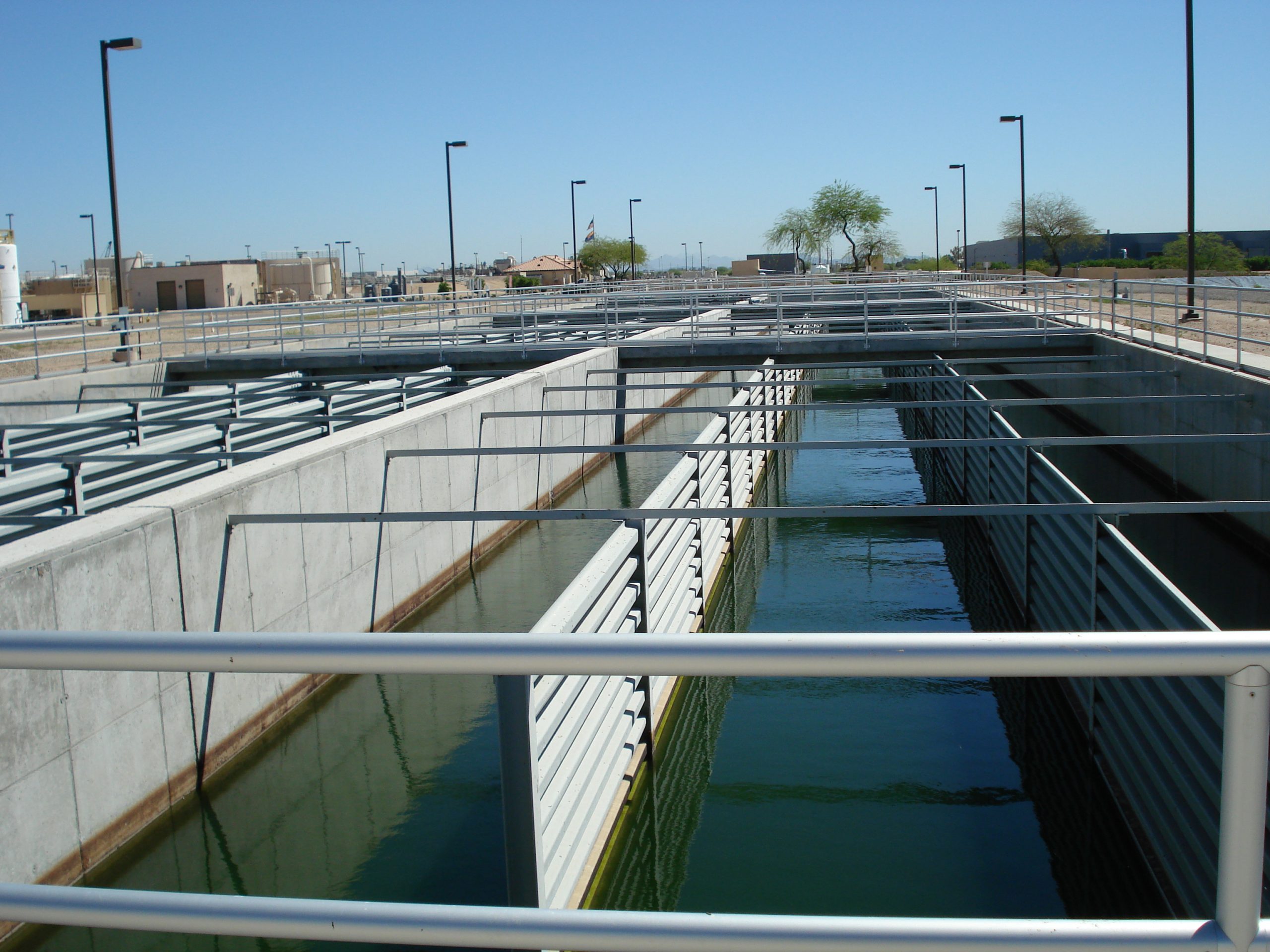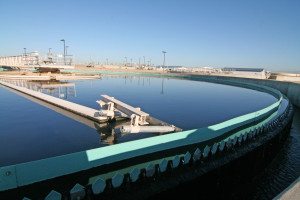When we think of wastewater, we usually think of sewage. However, it is also comprised of any used domestic water produced from showers, disposals, washers, and sinks. Furthermore, wastewater can include any used water and water-carried solids from a community that flows to a treatment plant, such as stormwater, surface water, and industrial water. Fact: 99 percent of wastewater is just dirty water; the other 1 percent is solids, chemicals, nutrients, fats, and other pollutants.
Screening
Most sewer systems operate by gravity flow, which pulls wastewater toward the treatment plant. It first enters the plant at the headworks and passes through the preliminary treatment called screening where large objects are trapped and removed for landfill disposal. After screening, the wastewater enters a grit chamber to remove heavier solids such as rocks, sand, gravel, and other materials, which are also sent to the landfill for disposal. Following preliminary treatment, the wastewater flows to a primary sedimentation basin where some of the solids are separated from the water. In this phase, the small but heavy particles (such as corn, beans, and other small particles) sink to the bottom as sludge, and lighter materials like fats and oils float to the top for skimming. Both the primary sludge and skimmed material are properly disposed of.
Aeration and Sedimentation
 The wastewater leaving primary treatment then enters the secondary treatment process which is a two-phase process. In the first phase, also called aeration, the wastewater is mixed with air and cultivated microorganisms that consume suspended organic matter such as food particles, human waste, and other organic matter. In the second phase, the wastewater undergoes another sedimentation process where the microorganisms (called activated sludge) are removed from the fairly clean wastewater.
The wastewater leaving primary treatment then enters the secondary treatment process which is a two-phase process. In the first phase, also called aeration, the wastewater is mixed with air and cultivated microorganisms that consume suspended organic matter such as food particles, human waste, and other organic matter. In the second phase, the wastewater undergoes another sedimentation process where the microorganisms (called activated sludge) are removed from the fairly clean wastewater.
The activated sludge is either returned to the oxidation ditches to consume more organic matter or is diverted to the digestion process as waste where it is treated and dewatered to reduce pathogens and vector attraction (flies, mosquitoes, rodents). This sludge is referred to as biosolids, which may be beneficially used for land application at agricultural or reclamation sites or disposed at the landfill.
Disinfection
 The fairly clean water from the secondary treatment process is sent through a filtration system to remove any fine particles remaining, and then it is ready for disinfection. The most common form of disinfection is chlorine inside a chlorine contact chamber, but other disinfection methods also work such as ozone, ultraviolet light, and peroxide. For disinfection, the treated water (also known as effluent) is sent through a chamber or series of basins to allow enough time for the chemical or light to kill all the bad microorganisms that were not removed. This effluent is now considered ‘reclaimed water’ and is released back into the environment for beneficial purposes. It can be recharged into the groundwater and is often used for landscape and non-edible crop irrigation, as well as dust control and construction activities. The state of Arizona does not allow reclaimed water to be used for drinking, recreational activities in which the water might have full body contact, or for filling swimming pools, wading pools, and hot tubs. However, accidental contact or consumption of reclaimed water does not pose any major concerns for humans or animals since reclaimed water quality standards are stringent, and the water is highly treated.
The fairly clean water from the secondary treatment process is sent through a filtration system to remove any fine particles remaining, and then it is ready for disinfection. The most common form of disinfection is chlorine inside a chlorine contact chamber, but other disinfection methods also work such as ozone, ultraviolet light, and peroxide. For disinfection, the treated water (also known as effluent) is sent through a chamber or series of basins to allow enough time for the chemical or light to kill all the bad microorganisms that were not removed. This effluent is now considered ‘reclaimed water’ and is released back into the environment for beneficial purposes. It can be recharged into the groundwater and is often used for landscape and non-edible crop irrigation, as well as dust control and construction activities. The state of Arizona does not allow reclaimed water to be used for drinking, recreational activities in which the water might have full body contact, or for filling swimming pools, wading pools, and hot tubs. However, accidental contact or consumption of reclaimed water does not pose any major concerns for humans or animals since reclaimed water quality standards are stringent, and the water is highly treated.
You may also be interested in these articles, to see how reclaimed water is being put to use for recreational opportunities:
Angela Lucci is a Regulatory Compliance Analyst with the City of Surprise, AZ, one of 20 Water – Use It Wisely partners to offer water-saving advice and programs.


